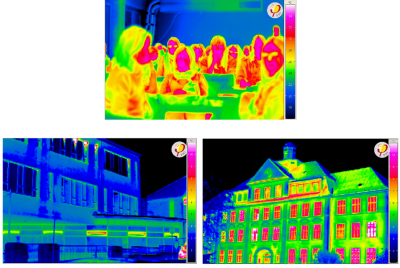Guide: Educational Buildings - Kindergartens - Sports Halls
How Hessian schools can ensure good air in the classrooms and, on top of that, save heating energy, is shown in the guide for energy-efficient educational buildings, which was drawn up by the Passive House Institute on behalf of the Hessian Ministry for the Environment, Energy, Agriculture and Consumer Protection. “With the now available manual for energy-efficient education buildings fundamental conditions for an energy-efficient planning for new building and modernization measures are pointed out mainly of schools, kindergartens and day care centers and also practice-oriented action strategies and recommendations for owners, planners and implementing companies” so Lucia Puttrich, Hessian Minister for environment, energy, agriculture and consumer protection. Numerous studies prove poor air quality in schools and kindergartens. Due to the high occupancy densities, adequate ventilation via windows is often hardly possible. The air quality in educational buildings is particularly important here: children are demonstrably more sensitive to indoor air pollution because they breathe larger amounts of air relative to their weight and their organs are still growing. Based on practical examples, the study shows that controlled ventilation can provide classrooms with sufficient fresh air at all times. Besides improving the air quality, efficient ventilation with heat recovery saves considerable amounts of energy. In addition to the topics of air quality and ventilation, the Guide deals intensively with extensive energy efficiency measures in new construction and in the modernisation of educational buildings.
Download the Guide here
Please note: The download links will take you to the Passive House Portal, where you need to login in order to access the report. Login details to the database may differ from your membership login details to Passipedia. Please sign up to the Passive House Portal in case you don't yet have an account. Registration to the Passive House Portal is free and can be canceled at any time. In case of questions contact info@passivehouse-international.org
The guide was developed in the German context and then translated into English. Therefore, the translation may not take into account international or country-specific construction aspects and regulations.
Download the Guide here
See also
Click here to go back to the Guides and Aids

